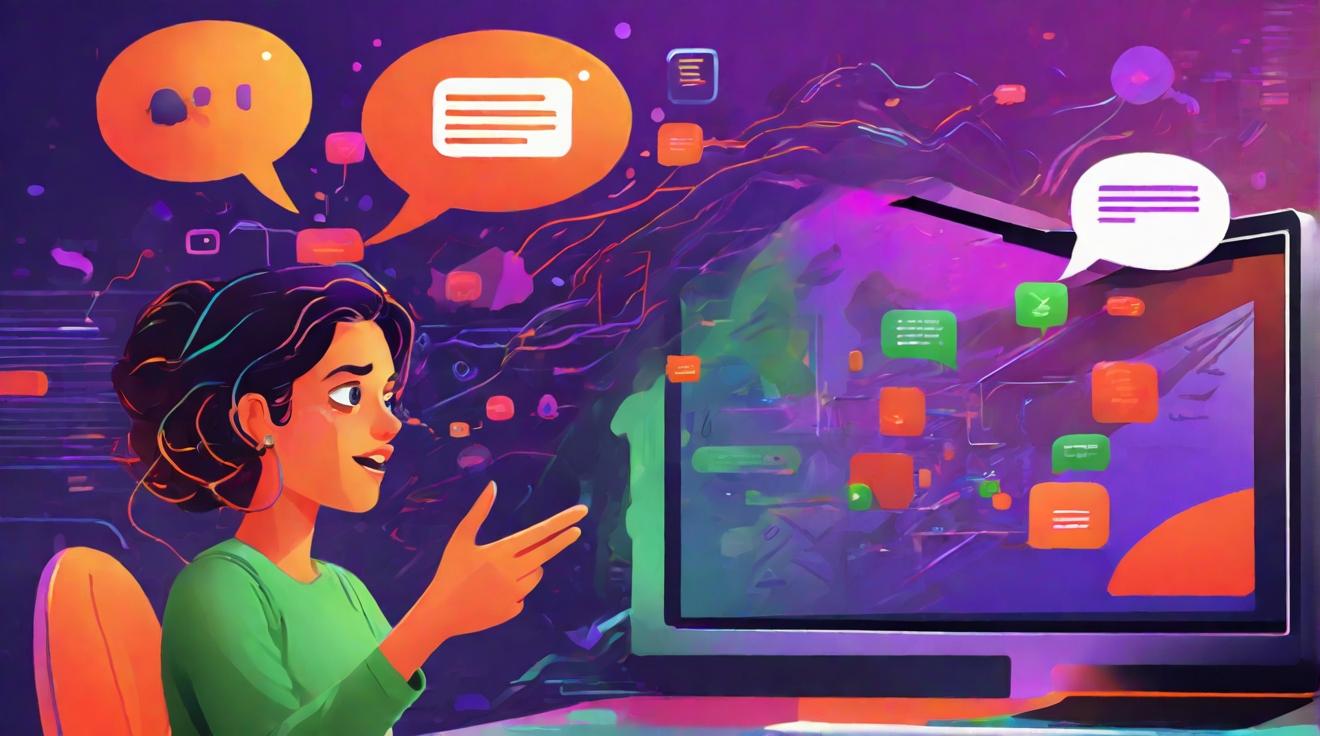The Evolution of Online Video Translation
Online video translation has come a long way thanks to advancements in artificial intelligence (AI) and machine learning technology. In the past, the process of translating video content in different languages required manual transcription and translation, making it time-consuming, expensive, and prone to errors. However, with the progress of AI and machine learning, video translation has become faster, more accurate, and more accessible than ever before.
Modern technology now allows for the automatic recognition and transcription of speech data in videos with high accuracy. This means that the need for manual transcription and translation has been greatly reduced, saving time and resources. Additionally, AI algorithms can analyze and extract text from videos, which is then translated into the desired language. This has further streamlined the translation process and improved its efficiency.
Furthermore, AI video translation systems are now capable of quickly processing and translating large volumes of video content. This makes it possible to translate videos in real-time or within tight deadlines, which is particularly useful for live events, conferences, and streaming platforms. In other words, video translation has become more accessible and efficient, allowing for a global audience to be reached with ease.
Real-time Translation Services
Real-time translation services have revolutionized the way people consume and interact with video content in different languages. These services leverage advanced technologies such as neural machine translation and natural language processing to quickly and accurately translate spoken words in videos. This has numerous benefits, including enhancing communication and collaboration in video conferences and webinars.
For instance, real-time translation services can automatically generate subtitles or provide simultaneous interpretation during video conferences, enabling participants to understand and engage with the content in their native language. This greatly improves communication and expands the reach of these events to a broader audience. Additionally, real-time translation services can also be used in the entertainment industry, allowing viewers to enjoy movies, TV shows, and live broadcasts in their preferred language.
Automatic Speech Recognition (ASR) for Transcription
Another significant advancement in video translation is the use of automatic speech recognition (ASR) for transcription. ASR technology can accurately transcribe the speech in a video, making it easier for translators to perform translations. By automating the transcription process, ASR saves time and effort, resulting in faster and more reliable translations.
Neural Machine Translation (NMT) Advancements
Neural machine translation (NMT) has emerged as a game-changer in video translation. NMT utilizes deep learning algorithms to analyze and understand the context of a video, leading to more accurate translations. This technology learns from extensive training data, allowing it to continuously improve its translation abilities over time.
NMT advancements have greatly enhanced the quality of video translations, making them more reliable and natural-sounding. As the technology continues to evolve, we can expect even more accurate and context-aware translations in the future.
Future Trends and Developments
Looking ahead, real-time translation is expected to become even more crucial in video translation. With the growing demand for live-streaming and online events, there is a need for fast translation of video content. Advanced NMT models and real-time speech recognition technology will play a key role in achieving this.
Moreover, the adoption of video translation services by businesses and organizations is predicted to increase. As companies expand their global presence and target international markets, they will realize the importance of localizing video content to effectively communicate with their audience.
In terms of accessibility, there will likely be a focus on making video translations more inclusive for individuals with disabilities. Technologies such as automatic captioning and audio description will play a key role in ensuring that video content is accessible to all viewers.
Conclusion
In conclusion, advancements in AI and machine learning have revolutionized online video translation. The evolution of real-time translation services, automatic speech recognition for transcription, neural machine translation advancements, and context-based customization have significantly improved the speed and accuracy of video translations. These innovations have also enhanced video content accessibility, making it more inclusive for a global audience. As technology continues to advance, we can expect even more exciting developments in the field of online video translation.
Analyst comment
Positive news: The Evolution of Online Video Translation has been positive, with advancements in AI and machine learning improving the speed, accuracy, and accessibility of video translations. Real-time translation services, automatic speech recognition (ASR), and neural machine translation (NMT) have significantly enhanced the quality of translations. The market for video translation services is expected to grow as businesses expand globally and target international markets. Additionally, there will be a focus on making video translations more inclusive for individuals with disabilities.













